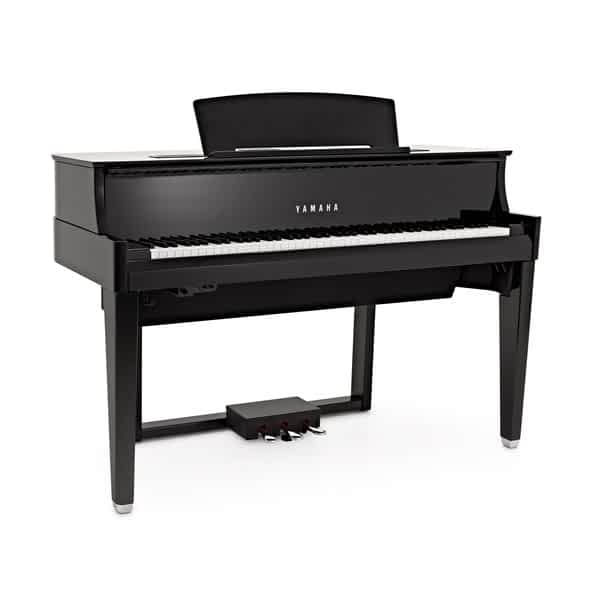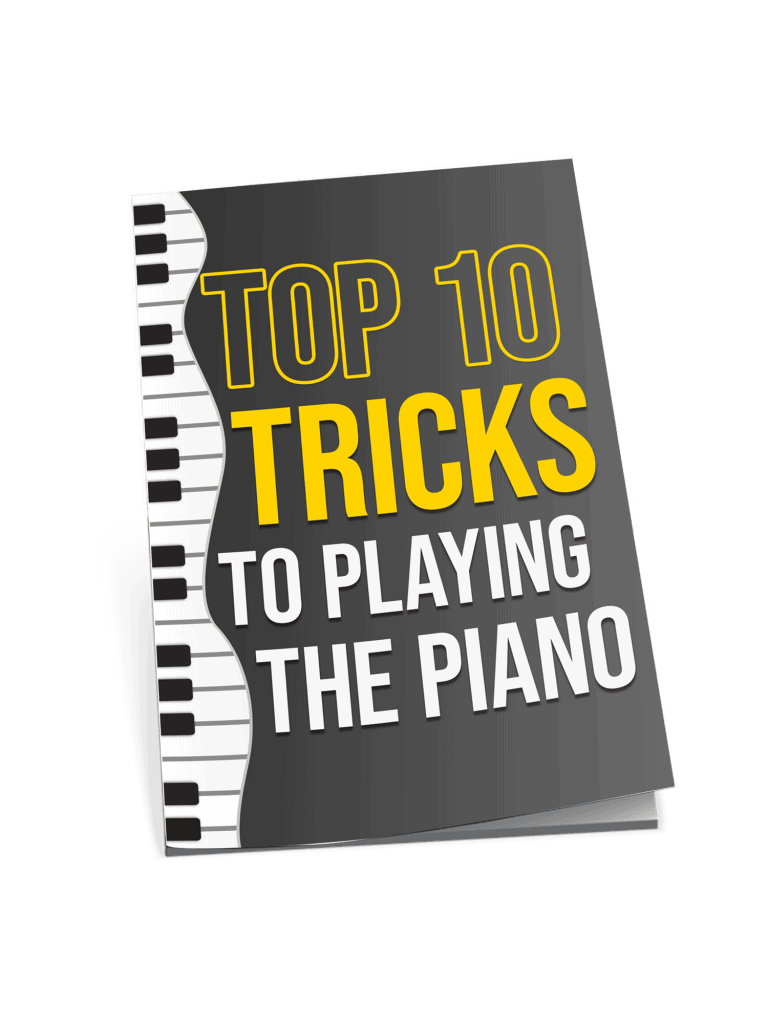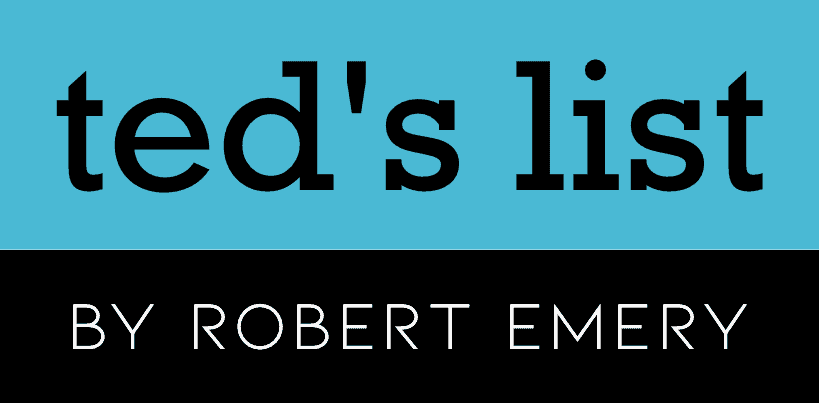Best
Overall Digital
Piano
-
Overall: Enjoy two legendary concert grand voices in one piano
-
Best Feature: Add class to any room with grand piano curves
-
TedScore™: 9/10
Best
Value for Money
-
Overall: A perennial favorite among discerning pianists
-
Best Feature: Made in Japan and feature outstanding tone, touch and durability
-
TedScore™: 10/10
Best
Budget Digital Piano for Beginners
-
Overall: Play with expression thanks to a three-pedal unit and 128-note polyphony
-
Best Feature: Synthetic Ebony and Ivory keys provide that premium grand feel
-
TedScore™: 9/10
Many people find themselves wondering if the piano belongs to the percussion family.
Many people are curious whether it’s a percussion or stringed instrument. The answer to this question is not as straightforward as you might think, depending on how you look at it.
On the one hand, the piano has strings that produce sound when struck by hammers. This feature makes it a stringed instrument. On the other hand, the way the piano is played, with keys that trigger the hammers to hit the strings, makes it a percussion instrument.
So, which is it? Is the piano a string or percussion instrument or a stringed instrument?
Keep reading to uncover the truth and impress your music-loving friends with your newfound knowledge!
What is a Percussion Instrument?
Percussion instruments are a group of musical instruments that produce sound through striking, shaking or scraping. An orchestra’s most common percussion instruments include the timpani, cymbals, triangle, snare drum, and bass drum.
Two Types of Percussion Instruments
Idiophones produce sound through their own vibrations, and membranophones with vibrating membranes create sound too. Some of the most popular idiophones include xylophones, maracas, and tambourines. On the other hand, membranophones, like drums, create a sound by striking the vibrating membrane.
Percussion instruments play a critical role in the orchestra and are considered the music’s heart and soul.
What is a Piano?
When you hear “piano,” you may think of a beautiful, elegant instrument that produces a unique sound. And you’re right! The piano is a string instrument that produces sound when its keys are pressed, causing hammers to hit the strings and make them vibrate. This vibration creates a beautiful and unique sound associated with the piano.
The piano has a keyboard with 88 keys, made of wood and covered with plastic or ivory. Each key is connected to fixed strings by a felt-covered hammer that strikes a string when the key is pressed. The strings are stretched across a wooden frame and are tuned to produce the correct pitch when struck by the hammers.
The piano is often referred to as a keyboard instrument because of its keyboard, but it’s a stringed instrument because of how the vibrating strings produce sound. The unique sound of the piano is due to the way the strings vibrate when struck by the hammers. The sound can be soft or loud, depending on how hard the keys are pressed.
The piano is versatile and one of the most popular instruments used to play a wide range of music, from classical to jazz to pop. Its unique sound and range of dynamics make it a popular choice for musicians and composers.
Fun Fact About the Piano
Did you know that the piano was invented by an Italian instrument maker named Bartolomeo Cristofori, who wanted to create an instrument that could play both loud and soft notes?
3 Best Digital Pianos
with 88 Keys
The Yamaha N1X AvantGrand Hybrid Digital Piano is a top-tier instrument that seamlessly combines the touch and feel of an acoustic piano with the technological advancements of a digital piano.
Unlike its competitors, such as the Korg G1 and the DP-12 by Gear4Music (also reviewed in this article!), the N1X features a wood soundboard, providing a more authentic acoustic piano resonance.
Its Virtual Resonance Modeling simulates the sympathetic vibrations of all 88 strings, enhancing the overall sound experience.
One downside of the N1X is its premium price point, which may deter some potential buyers. However, the exceptional craftsmanship, advanced technology, and unparalleled sound quality make it a worthwhile investment for serious pianists.
I have tried playing the N1X, and the keys respond with a natural and expressive touch, closely resembling the feel of a traditional grand piano, creating an immersive and captivating playing experience!

DESIGNED FOR: beginners to professional pianists
FEATURES: Beloved for all-wood grand piano key actions
OTHER INFO: Add class to any room with grand piano curves
Yamaha N1X AvantGrand Hybrid Digital Piano
When you check the price above, you’ll see there are loads of great places to buy this item. Our personal favorite is Gear4music.
It is the largest music retailer in the UK and fast becoming the most respected online music shop in the US too. Their customer service is excellent, they have competitive prices, really fast shipping, and usually have the longest guarantee.
Most professional musicians use Gear4music, so there is no reason why you shouldn’t too!
- Feel a true grand piano presence with a 4-channel speaker system
- Enjoy two legendary concert grand voices in one piano
- Includes three months of Flowkey Premium
- Has the unique, classic curves of an acoustic grand piano but in a sleek, compact size
- None!
The professional musician who wrote this article combined many things,
from the product build, manufacturer’s reputation through to feedback
from other users, to create our famous TedScore™.

DESIGNED FOR: beginners to professionals
FEATURES: Boasts an RH3 Hammer Action keyboard for a realistic playing experience
OTHER INFO: With 29 high-quality sounds, including acoustic and electric pianos, organs, and strings
Korg G1 Air Digital Piano
When you check the price above, you’ll see there are loads of great places to buy this item. Our personal favorite is Gear4music.
It is the largest music retailer in the UK and fast becoming the most respected online music shop in the US too. Their customer service is excellent, they have competitive prices, really fast shipping, and usually have the longest guarantee.
Most professional musicians use Gear4music, so there is no reason why you shouldn’t too!
- With Bluetooth audio playback for streaming music from your device
- Compact and stylish design that fits well in any home
- High-quality sound and touch that rivals that of acoustic pianos
- Limited polyphony of only 120 notes, which may be insufficient for more complex pieces
The professional musician who wrote this article combined many things,
from the product build, manufacturer’s reputation through to feedback
from other users, to create our famous TedScore™.

DESIGNED FOR: beginners to intermediate players
FEATURES: With Synthetic Ebony and Ivory keys provide that premium grand feel
OTHER INFO: Includes a three-pedal unit and 128-note polyphony
DP-12 Compact Digital Piano by Gear4music
When you check the price above, you’ll see there are loads of great places to buy this item. Our personal favorite is Gear4music.
It is the largest music retailer in the UK and fast becoming the most respected online music shop in the US too. Their customer service is excellent, they have competitive prices, really fast shipping, and usually have the longest guarantee.
Most professional musicians use Gear4music, so there is no reason why you shouldn’t too!
- Comes with 32 voices and a two-track playback recording for more creativity
- Designed for a sleek, stylish appearance
- Available in black, white, and light oak colours
- None!
The professional musician who wrote this article combined many things,
from the product build, manufacturer’s reputation through to feedback
from other users, to create our famous TedScore™.
Piano as a Percussion Instrument
Have you ever wondered whether the piano is a percussion instrument or not? The answer is yes, it is! The piano is classified as a percussion instrument because it produces sound by striking the strings with hammers. Despite acoustic piano having strings like a stringed instrument, the way it is played makes it fall under the percussion family.
Piano percussion refers to the technique of using the piano as a percussive instrument. It involves striking or plucking the piano strings, dampening them, or utilizing the keys to produce rhythmic and percussive sounds. This technique adds a unique element to piano performances, infusing them with the energy and dynamics of percussion instruments.
Like other percussion instruments, the piano keeps the rhythm and provides a solid foundation for the music. It can be found in almost every orchestra, where it’s often used to provide harmony and support to the other instruments. The piano is versatile in many different genres, from classical to jazz to pop music.
Unlike other percussion instruments, the piano is tuned, meaning it can play specific pitches. The pitch of the note played on the piano depends on which key is pressed. This makes the piano unique among percussion instruments.
It’s important to understand the piano’s role in the music. As a percussion instrument, the piano provides a steady beat and rhythm. It also provides harmony and support to the other string instruments used.
Debate and Classification
There has been a long-standing debate among musicians and scholars when classifying musical instruments as the piano. Some argue that the piano is a string instrument, while others claim it belongs in the percussion family. The reason for this debate is that the piano has features of both types of instruments.
The Hornbostel-Sachs system is a widely used classification system for musical instruments. According to this system, the piano is classified as a percussive chordophone instrument. This means that the sound is produced by striking the strings with hammers, which makes it a percussion instrument. However, the strings are stretched between two points and produce sound when they vibrate, making it a string instrument.
Language also plays a role in this debate. In everyday conversation, people often refer to the piano as a string instrument because of the strings that are visible on the instrument. However, in the context of music theory and classification systems, the piano is classified as a percussion instrument.
It’s important to note that the debate over whether the piano is a string or percussion instrument is largely a matter of classification. It does not affect the way the instrument is played or the sound it produces. Regardless of how it’s classified, the piano remains one of music’s most versatile and beloved instruments.
Is Piano A Percussion Instrument
Summary
So, is the piano a percussion instrument or a stringed instrument? It’s a question that has puzzled musicians and music enthusiasts for years. After researching and considering various arguments, it’s safe to say that the piano is both a percussion and a stringed instrument.
While the piano produces sound through string vibration, its playing makes it a chordophone percussion instrument. The hammers hitting the strings create the sound, rather than plucking or bowing the piano strings.
It’s important to note that the classification of instruments is not always clear-cut. The piano is just one example of an instrument that doesn’t fit neatly into a single category. As technology advances and new instruments are invented, the lines between categories may blur even more.
Whether you’re a classical pianist, a jazz enthusiast, or a pop music lover, there’s no denying that the piano is an essential instrument that has stood the test of time. Its versatility and range have captured the hearts of music lovers (like us!) worldwide.
So, what are you waiting for? Let’s tickle those ivories and make some beautiful music together!
Before you go…
Ready to tickle those ivories and become the next piano prodigy? You don’t need to leave the comfort of your own home to get started! Jump into the next article about the Best YouTube Channel to Learn Piano for Beginners (2023) to uncover a treasure trove of free piano lessons from expert instructors!
FAQ's
Although the strings are struck with hammers, similar to a percussive action, it is important to note that the strings are not being played like a drum or cymbal. As a result, the piano falls under the category of a string instrument.
Technically speaking, the piano could be considered a percussion instrument because the strings are struck by hammers. However, it’s also a descendant of stringed instruments like the clavichord and the harpsichord. Because of this, some people categorize it as a hybrid of both families.
The vibrating part of a piano is the string, which is set into motion when a key is pressed and a hammer strikes the string. The vibration of the string produces sound that is amplified by the piano’s soundboard and projected out through the instrument’s wooden case.
The volume of a piano can vary depending on factors such as the player’s technique, the specific instrument, and the acoustics of the room. However, a standard piano can produce a range of dynamics from very soft (pianissimo) to very loud (fortissimo), with some concert grand pianos capable of producing sound over 100 decibels.
A keyboard is a type of electronic musical instrument that simulates the sounds of a variety of instruments, including pianos, organs, and synthesizers. It has a set of keys that are pressed to produce different notes and can be played either as a standalone instrument or connected to a computer or other device.
Pitched instruments are musical instruments that produce a specific pitch or note when played. This is achieved through the use of strings, reeds, or other mechanisms that vibrate at a specific frequency to produce a sound with a specific pitch. Examples of pitched instruments include pianos, guitars, violins, flutes, trumpets, and many others.












Regarding the classification of the piano as a percussion instrument, I find myself intrigued yet skeptical. The traditional definition of percussion—instruments that produce sound through being struck—does indeed apply to the piano’s mechanics. However, the piano’s capacity for melody and harmony aligns it more closely with other categories. This duality makes its classification uniquely challenging and fascinating. The debate itself underlines the complexity and versatility of the piano more than it limits or defines its essence. Would you not agree, Robert Emery?
I think ultimately, it doesn’t really matter if it’s a percussion or string instrument. It’s just a box to put the instrument in.
Just dove into your section about the best digital pianos with 88 keys, Robert Emery! I’ve gotta say, it’s pretty spot on. I’ve had my hands on a couple of the models you mentioned, and they definitely live up to the hype. It’s super helpful for anyone looking to upgrade or get into playing. Nothing beats the feel of those weighted keys!
Hey MikeyG, which of the pianos mentioned would you say is the best for a newbie like me? I’m torn and could use a bit of direction.